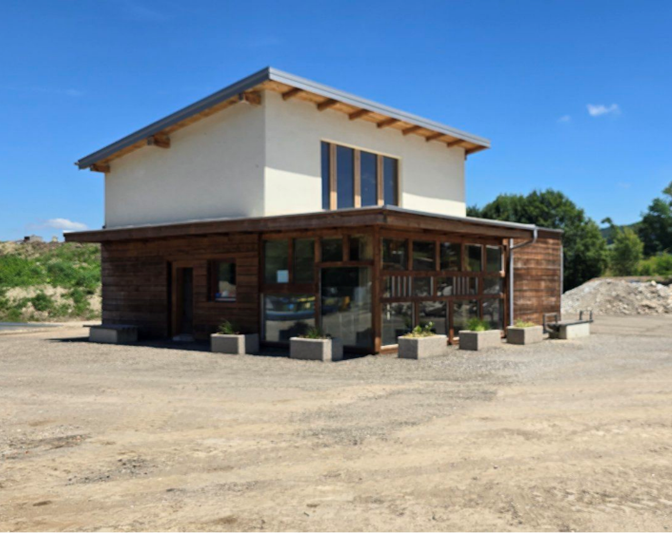Nowadays, recycling and reuse are increasingly trending with the aim of preserving nature and minimizing pollution. Consequently, more and more construction companies and the construction sector in general are turning to the secondary use of materials (hereinafter SRM).
Secondary raw materials’ are recycled materials that can be used in manufacturing processes instead of or alongside virgin raw materials.
SRM markets are key to delivering a circular economy in the Europe Union (hereinafter EU). These markets can ensure the timely circulation of good-quality recycled materials in the European economy, which minimises the need to extract natural resources as a result.
The use of SRM presents a number of advantages, including increased security of supply, reduced material and energy use, reduced impacts on the climate and the environment, and reduced manufacturing costs. However, the use of SRM faces a number of barriers, including the absence of EU-wide quality standards for certain materials (such as plastics), difficulties linked to the trading of SRM across the EU, and potential presence of chemicals of concern in recycled materials.
It is important to promote various types of projects, as a significant portion of valuable SRMs can be recovered, reused, and recycled. By investing in such projects, we can generally reduce the consumption of raw materials, pollution, and energy usage.
Example of Good Practice (landfill Dogoše)
Nigrad is a utility company that incorporates the principles of sustainable business practices and implements an environmentally sustainable policy. With the global shift towards a circular economy and green procurement, Nigrad has also adopted these approaches. The company demonstrates its commitment to sustainable development and environmental policy through the implementation of various projects, both proprietary and European, focused on these themes.
We have established a new location in Dogoše where we engage in waste recycling and material reuse. As part of various projects, we have constructed a buildin from SRM and set up multiple test fields for new materials. Our landfill is frequently visited as an example of good practice, especially within the framework of various international projects.
By 2030, meeting human demands for natural resources will require more than the resources of two planet Earths. The construction sector is the largest consumer of raw materials in the world and contributes 25-40% of global carbon emissions. Additionally, this sector generates 25% of all solid waste produced worldwide. These facts highlight the urgent need to improve construction practices, making it crucial to reduce the consumption of primary materials and increase the reuse and recycling of materials in existing buildings, which can serve as secondary raw materials. The European Union defines secondary raw materials as waste that can be recycled and reintegrated or reused in the economy as secondary raw materials.
Article prepared by PP3 Nigrad d.o.o. (Nuša Sluga)
